X-rays could be tuned to deliver a more effective punch that destroys cancer cells and not harm the body
Tag: BIOMECHANICS/BIOPHYSICS
New biofabrication method creates one scaffold to guide regeneration of multiple tissues
Lehigh University scientists from The Chow Lab present a new 3D printing platform to fabricate multi-component scaffolds that “steal from Nature” to engineer tissues organized like native tissues
A laser, a crystal and molecular structures
New tool uses wider light spectrum to identify molecules
Extra amino acid could work wonders
Rice University chemist uses designer amino acids in search for new cures
Faster than ever — neutron tomography detects water uptake by roots
A team from Potsdam, Berlin and Grenoble was able to visualize the transport of water in soil as well as through roots of lupine plants using ultrafast 3D neutron imaging
Outer hair cells regulate ear’s sensitivity to sound
Cells in the ear commonly believed to act as amplifiers may actually regulate sound sensitivity — a finding that could lead to better interventions to protect hearing
DNA is held together by hydrophobic forces
Researchers at Chalmers University of Technology, Sweden, disprove the prevailing theory of how DNA binds itself. It is not, as is generally believed, hydrogen bonds which bind together the two sides of the DNA structure. Instead, water is the key.…
Professor’s eyes are on the prize: A treatment to help others see better
When Mason Engineering’s Qi Wei sees people with vision troubles, she knows there is more to the problem than meets the eye. She researches strabismus, which is misaligned crossed eyes. “When people have strabismus, their eyes don’t line up to…
HD microscopy in milliseconds
University researchers improve super-resolution microscopy

Researchers show how railroad worms produce red light
Differences in the molecular structures explain the different colors of this bioluminescence in different species. This discovery has the potential for new biotechnological applications, such as the imaging of muscles, blood and hemoglobin-rich tissue
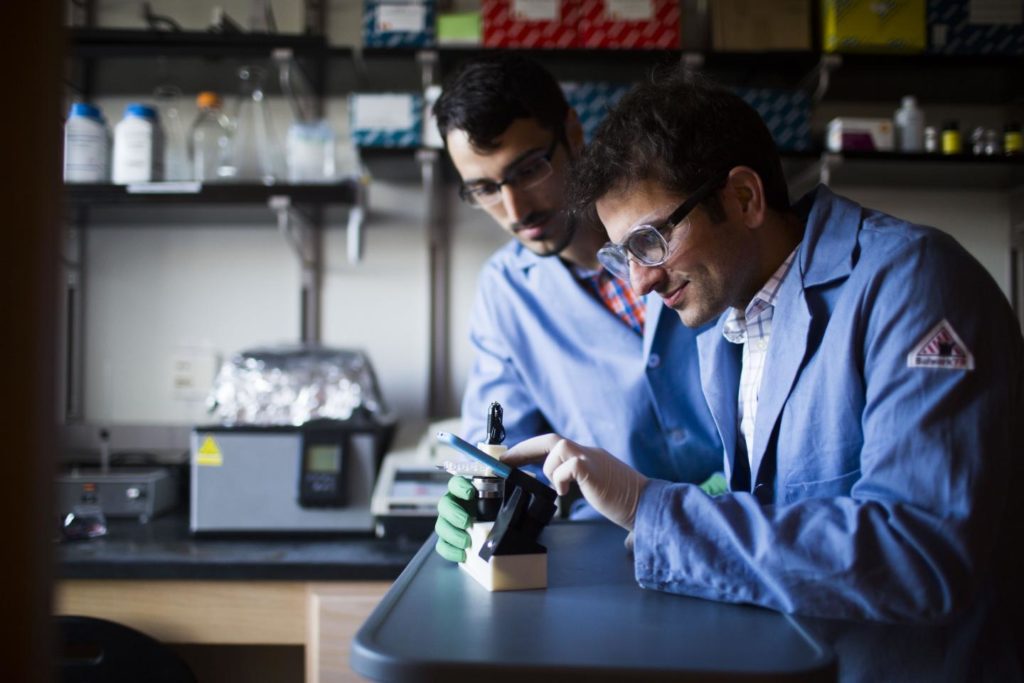
DNA ‘origami’ takes flight in emerging field of nano machines
Nanoscale devices open new era in biomedical research and materials science
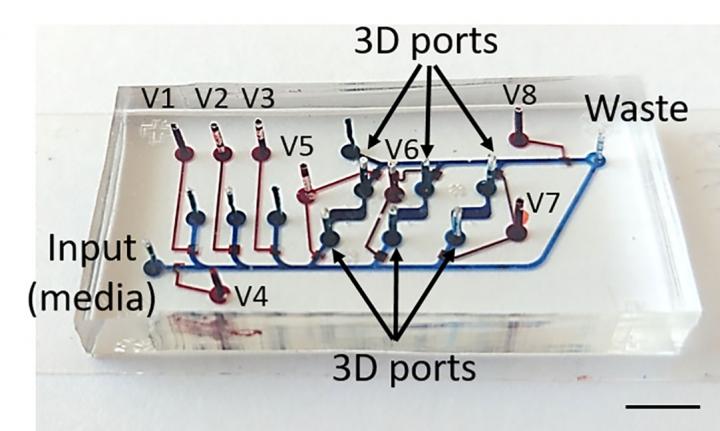
Every step a cell takes, every move they make — scientists will be watching
Scientists have created a novel two-layer microchip to track individual developmental changes in stem cells over longer time periods
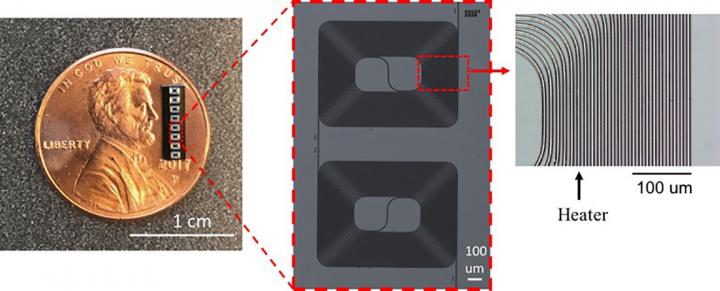
Miniaturizing medical imaging, sensing technology
High quality medical images produced using a microchip proves researcher’s fabrication method can be used to miniaturize sensing, imaging and optical communication systems

Studying drivers behind cardiac arrhythmias
Visualizing electrical patterns underlying abnormal heart contractions and deformations
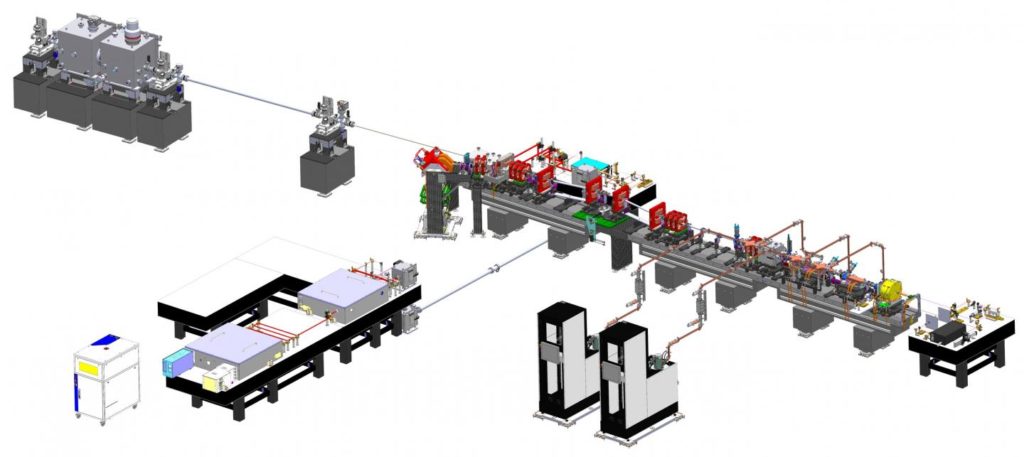
Revolutionary laser instrument receives $4.7 million boost from the National Science Foundation
Deep within the subterranean confines of Building C–the latest addition to the Biodesign Institute at Arizona State University–a pathbreaking machine is quietly taking shape. Designed to unlock some of nature’s tiniest and most fleeting mysteries, the Compact X-ray Free Electron…

Shimmer announces launch of healthcare industry open source initiative for wearable sensor algorithm
Initiative will enable the development of industry standards for wearable sensor data
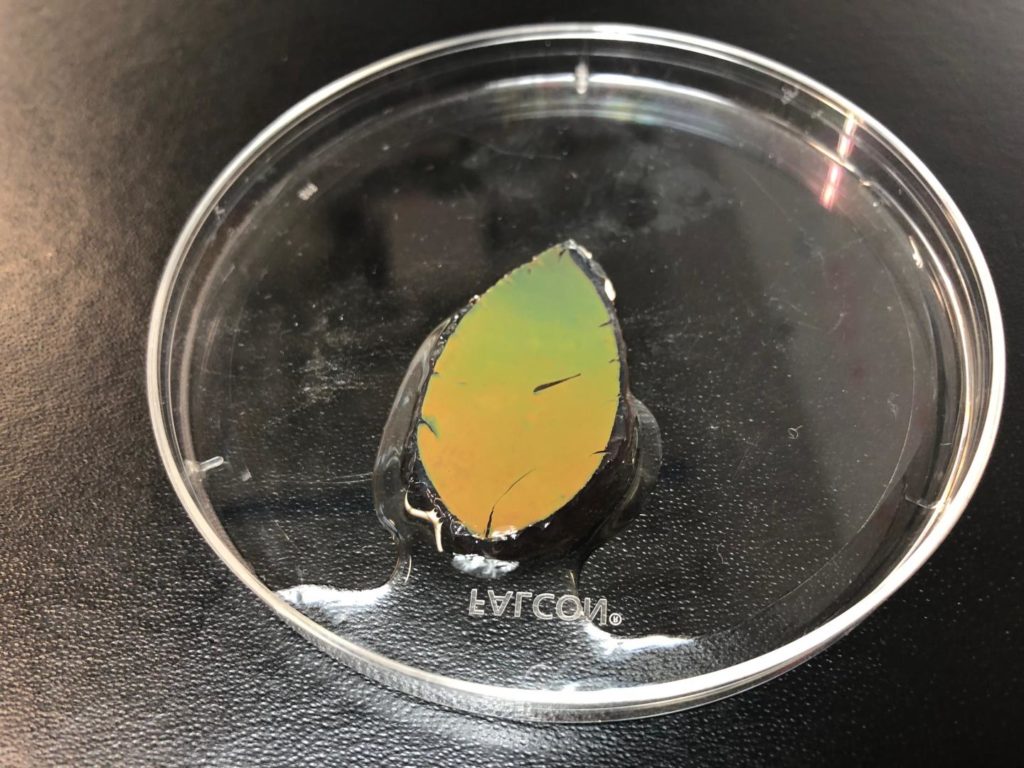
Chameleon inspires ‘smart skin’ that changes color in the sun
A new concept in the field of photonic crystals
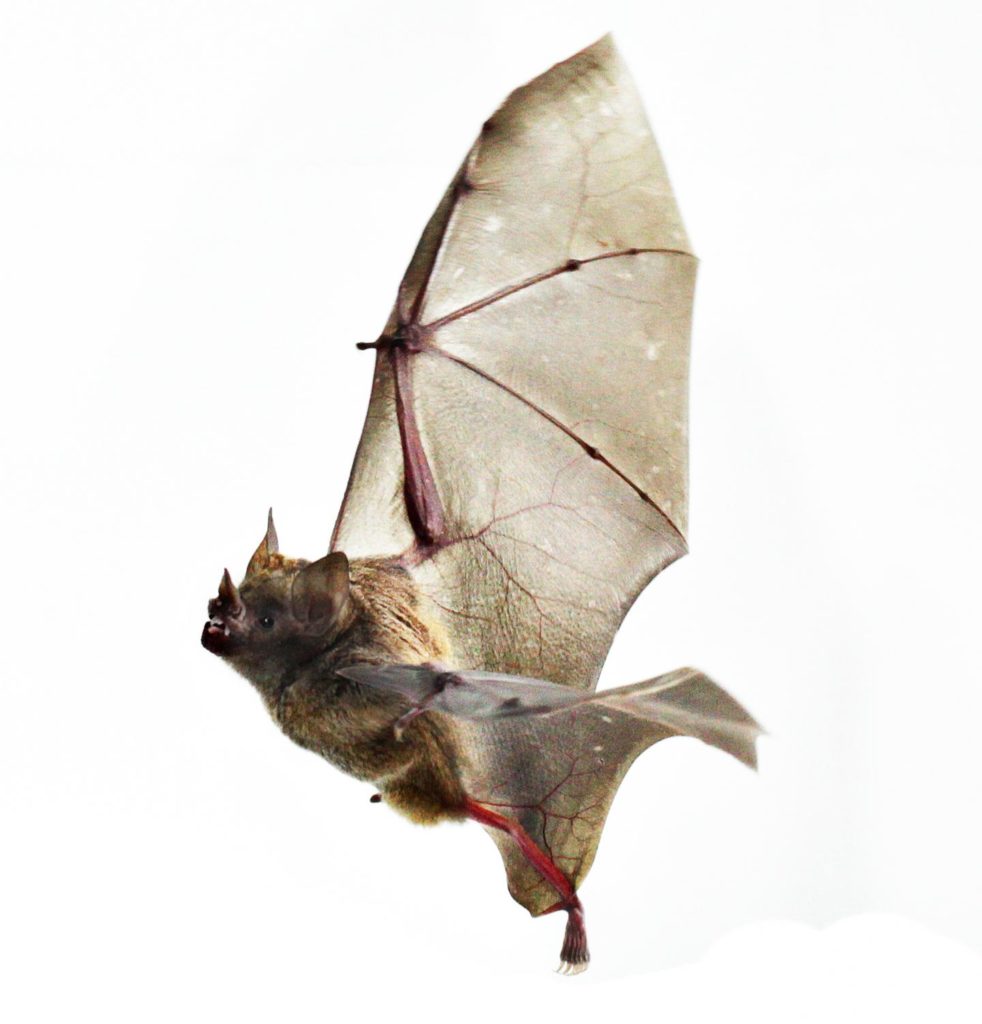
Biology of bat wings may hold lessons for cold-weather work, exercise
PROVIDENCE, R.I. [Brown University] — A new study finds that the muscles in bats’ wings PROVIDENCE, R.I. [Brown University] — A new study finds that the muscles in bats’ wings operate at a significantly lower temperature than their bodies, especially…
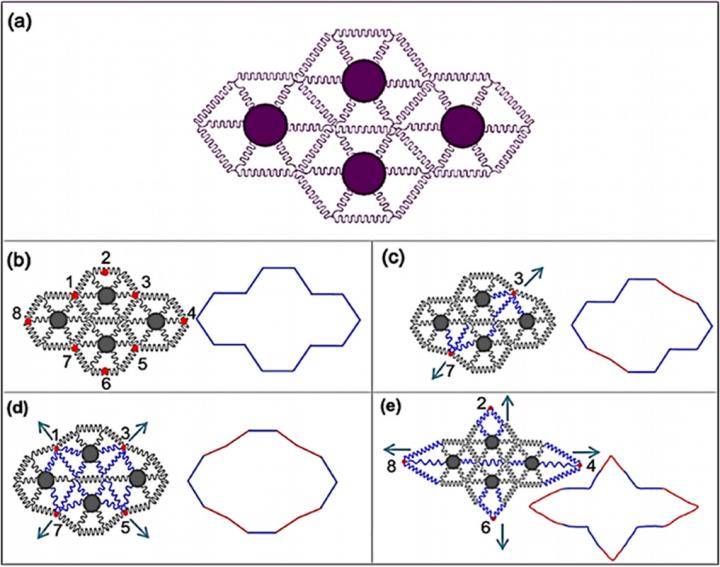
Reconfigurable electronics show promise for wearable, implantable devices
Flexible, stretchable electronics that can change size and shape dynamically are poised to open door
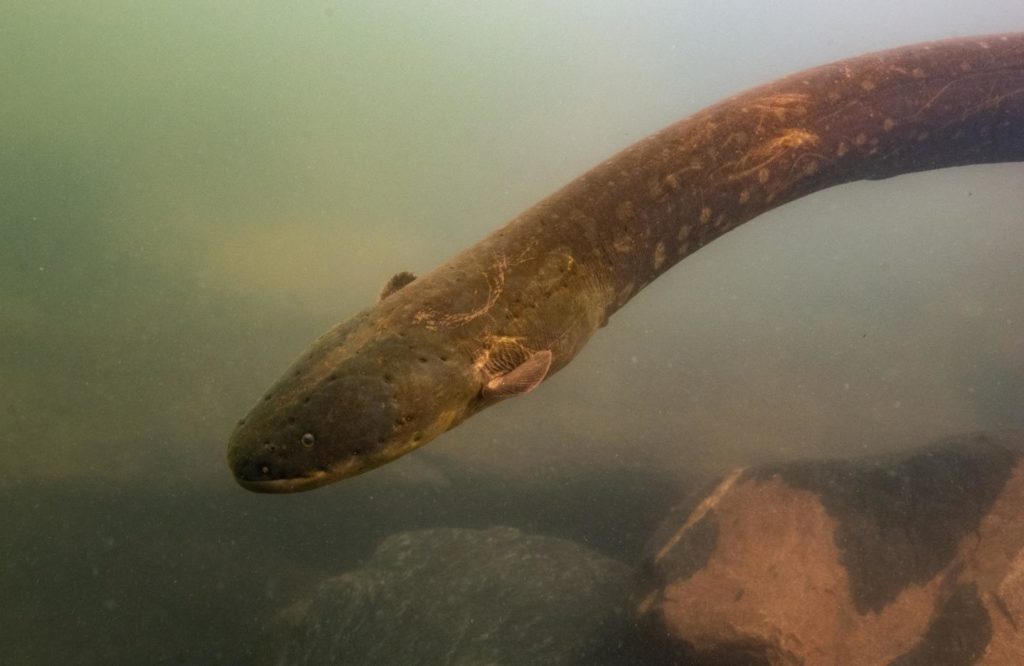
Smithsonian scientists triple number of known electric eel species
Study also documents most powerful biologically produced electric shock and strengthens case for pre

AIP Endowed Professor in History of Natural Sciences named at University of Maryland
Melinda Baldwin will join faculty starting in fall 2020
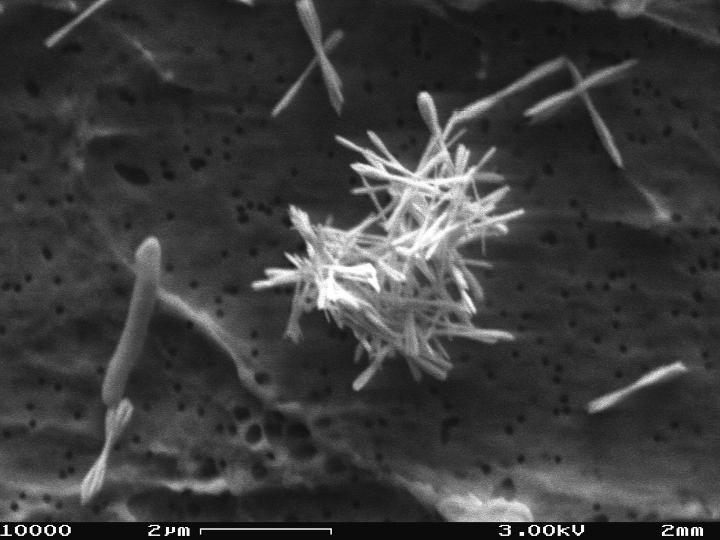
Using nature to produce a revolutionary optical material
Nanocomposite protects against intense light, holds promise for expanding high-speed optical network
UTA scientist explores using nanoparticles to reduce size of deep-seated tumors
Another collaborative project from a nanoparticles expert at The University of Texas at Arlington has yielded promising results in the search for more effective, targeted cancer treatments. Wei Chen, in collaboration with colleagues from the University of Rhode Island and…
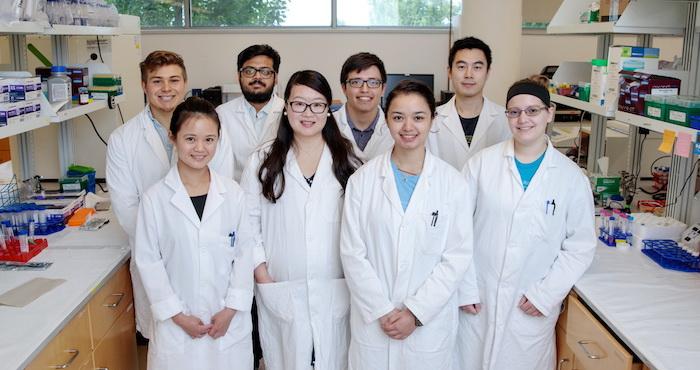
Study of extracellular vesicles could enable individualized immunotherapy
LAWRENCE — Extracellular vesicles, particularly exosomes, are nanoscale sacs produced by human cells that carry critical molecular messages between cells, like biological emails. A researcher at the University of Kansas has just earned a five-year, $1.89 million National Institutes of…
New insight into motor neuron death mechanisms could be a step toward ALS treatment
CORVALLIS, Ore. – Researchers at Oregon State University have made an important advance toward understanding why certain cells in the nervous system are prone to breaking down and dying, which is what happens in patients with ALS and other neurodegenerative…
Remora-inspired suction disk mimics fish’s adhesion ability, offers evolutionary insight
Remora fishes are famed hitchhikers of the marine world, possessing high-powered suction disks on the back of their head for attaching themselves in torpedo-like fashion to larger hosts that can provide food and safety — from whales and sharks to…
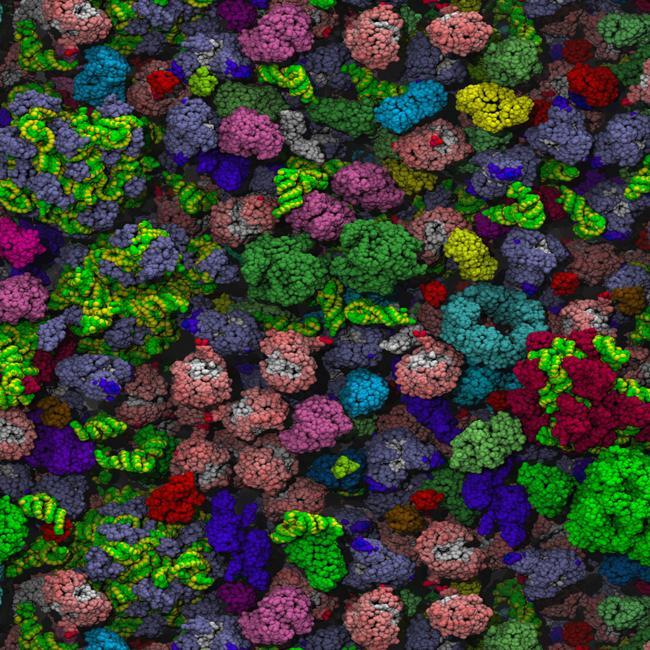
Moving faster in a crowd
Cell particles move more quickly through a crowded cellular environment when the crowding molecules are non-uniformly distributed. New research also shows that particle transport in crowded cells can actually be faster than movement in a non-crowded environment as long as…
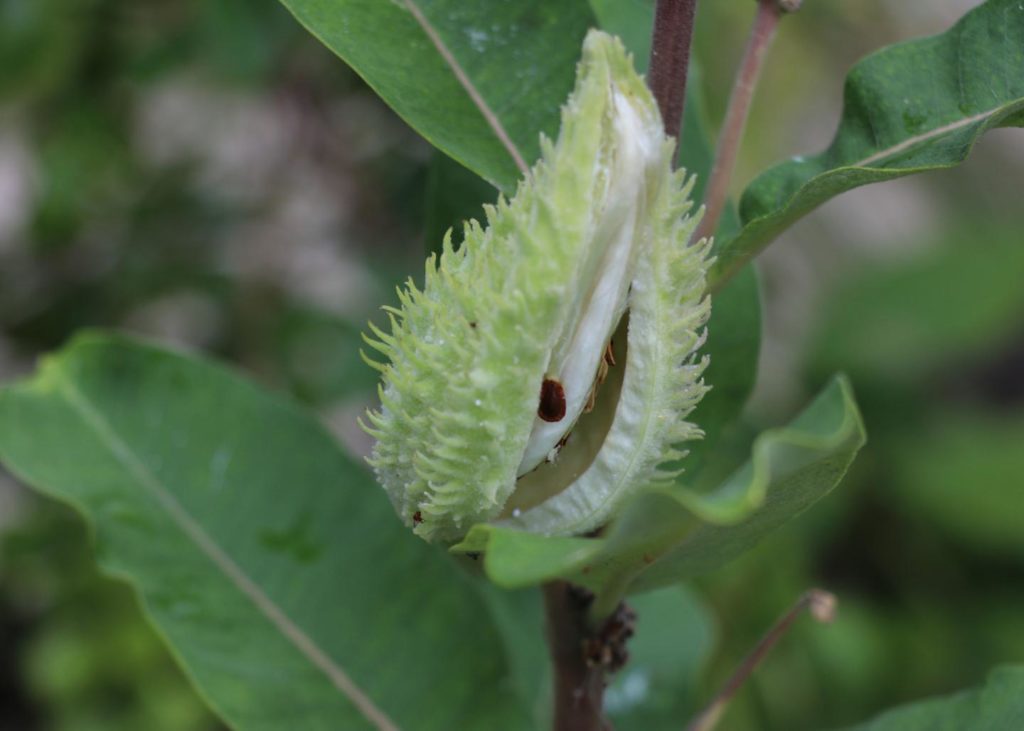
Grassland biodiversity is blowing in the wind
Temperate grasslands are the most endangered but least protected ecosystems on Earth. Grassland restorations are crucial for recovering this important but highly degraded ecosystem. Restored grasslands, however, tend to be more species poor and lose diversity through time as compared…
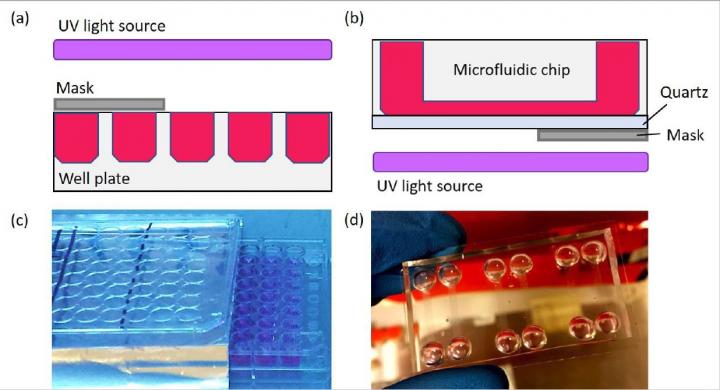
How to practice safer sunscreening
Toxicity screening of cosmetics, sunscreens and pharmaceuticals is made easier with microfluidic dev
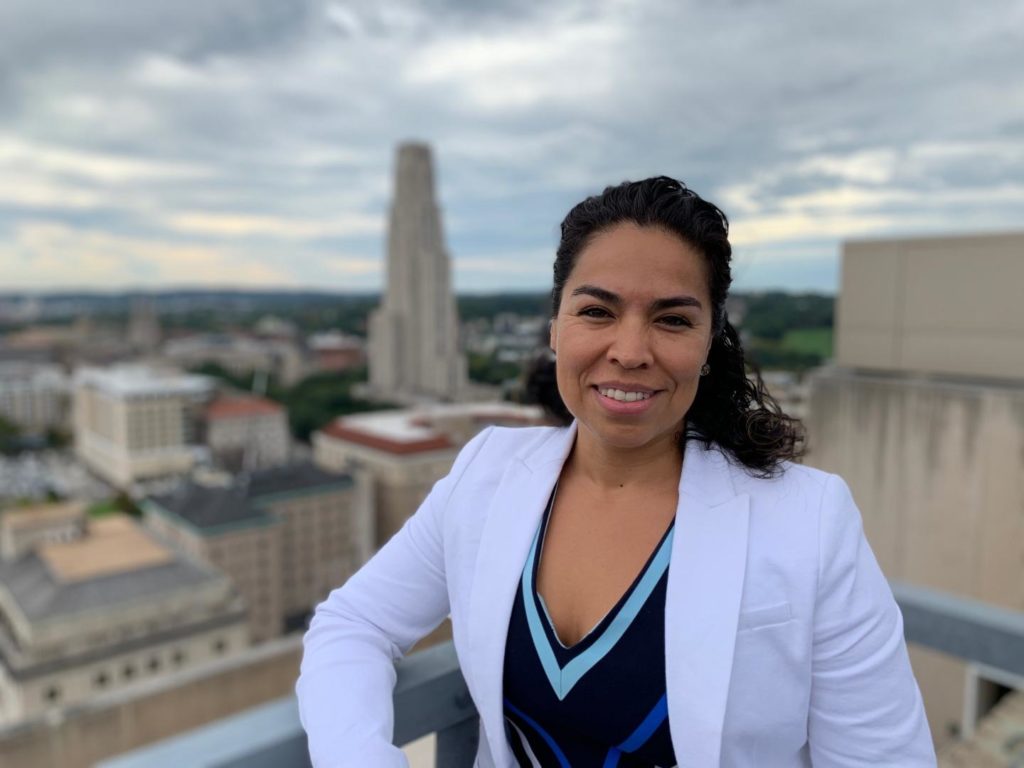
Pitt bioengineer aims to change stroke patients’ perception to improve gait rehabilitation
University of Pittsburgh’s Gelsy Torres-Oviedo receives an $805K NSF CAREER Award for a novel approa
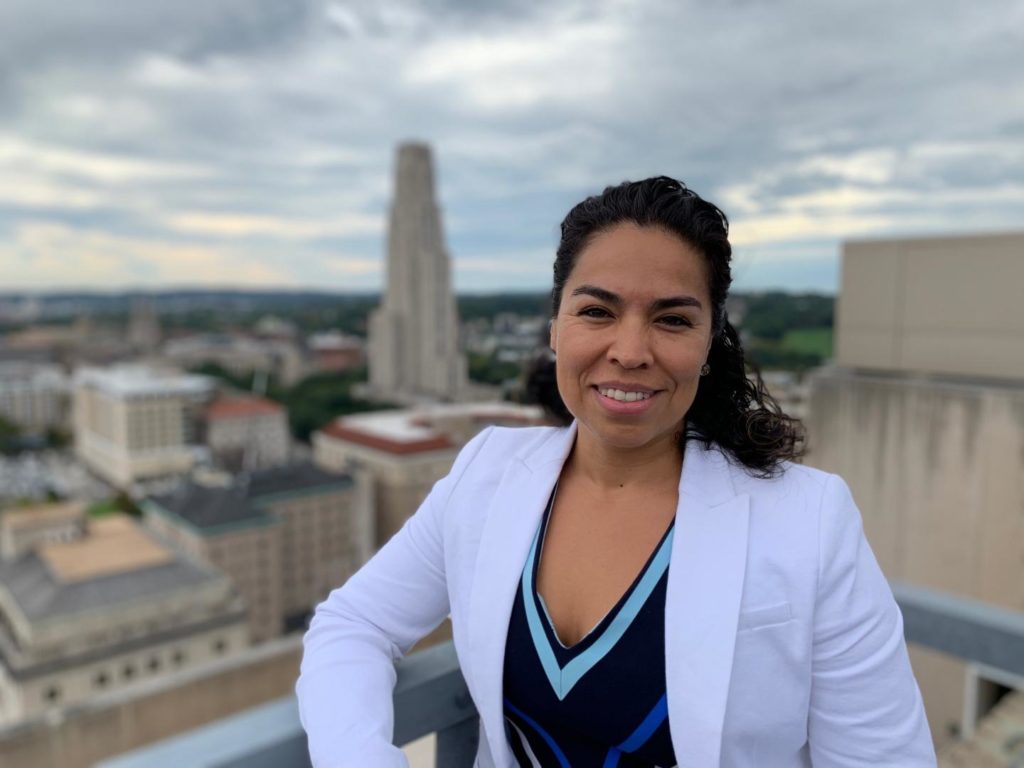
Pitt bioengineer aims to change stroke patients’ perception to improve gait rehabilitation
University of Pittsburgh’s Gelsy Torres-Oviedo receives an $805K NSF CAREER Award for a novel approa
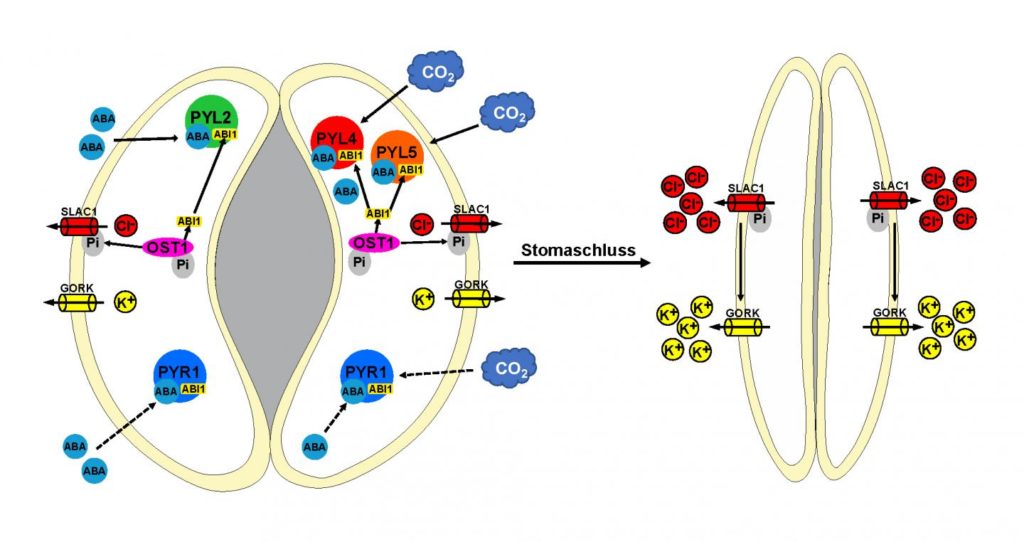
How plants measure their carbon dioxide uptake
When water is scarce, plants can close their pores to prevent losing too much water. This allows them to survive even longer periods of drought, but with the majority of pores closed, carbon dioxide uptake is also limited, which impairs…
Researchers identify properties of cells that affect how tissue structures form
Researchers have found that changing the mechanical properties of individual cells disrupts their ability to remain stable, profoundly affecting their health and the health of the tissue that comprises them. In the September issue of the journal Current Biology ,…
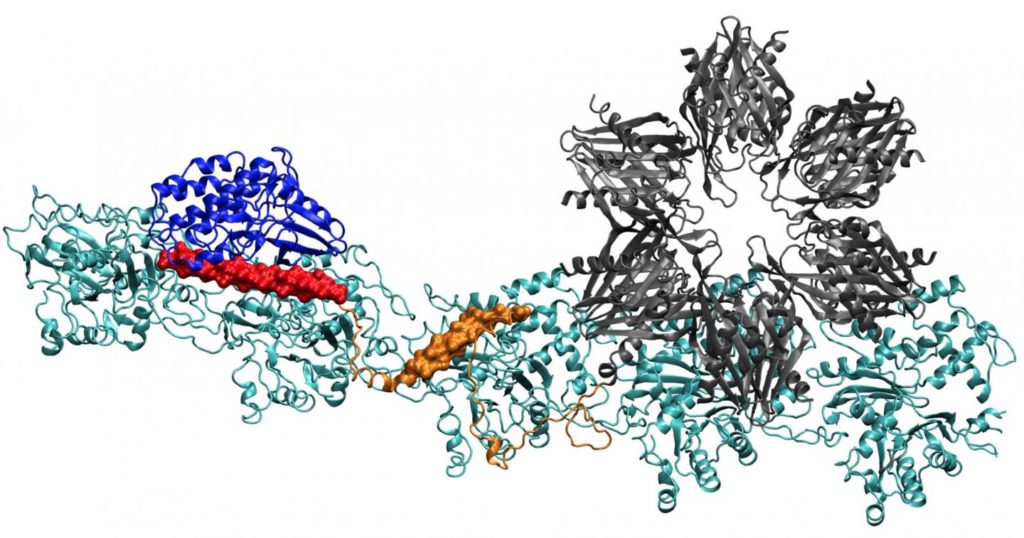
Scientists advance search for memory’s molecular roots
Rice, UTHealth, UH researchers detail architecture of the cytoskeleton in neurons
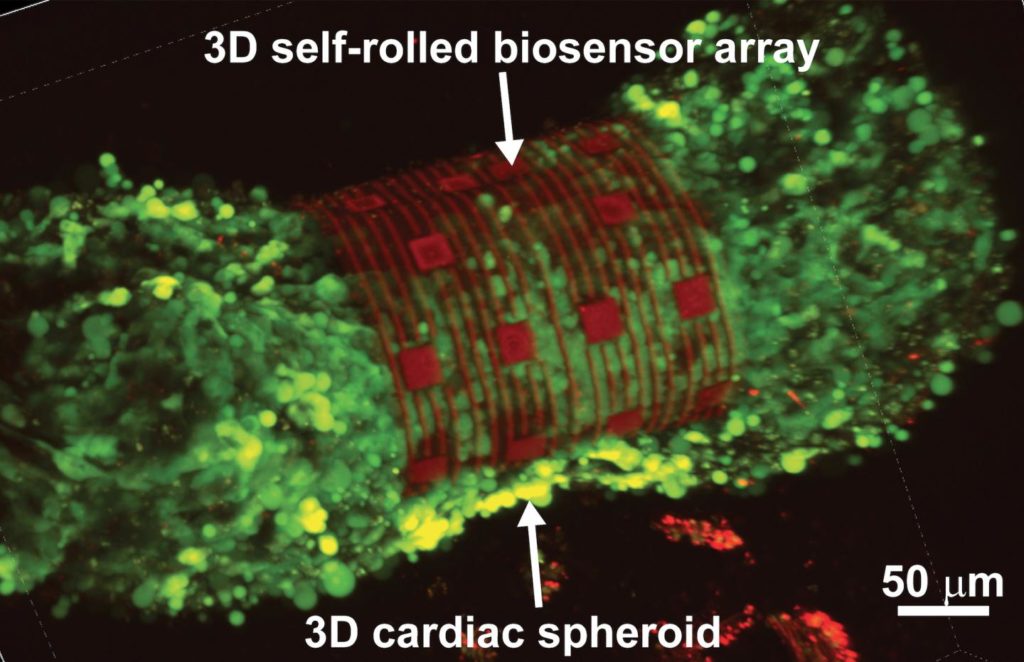
Researchers advance organ-on-chip technology to advance drug development
Designing self-rolling 3D sensors that wrap around heart cell spheroids
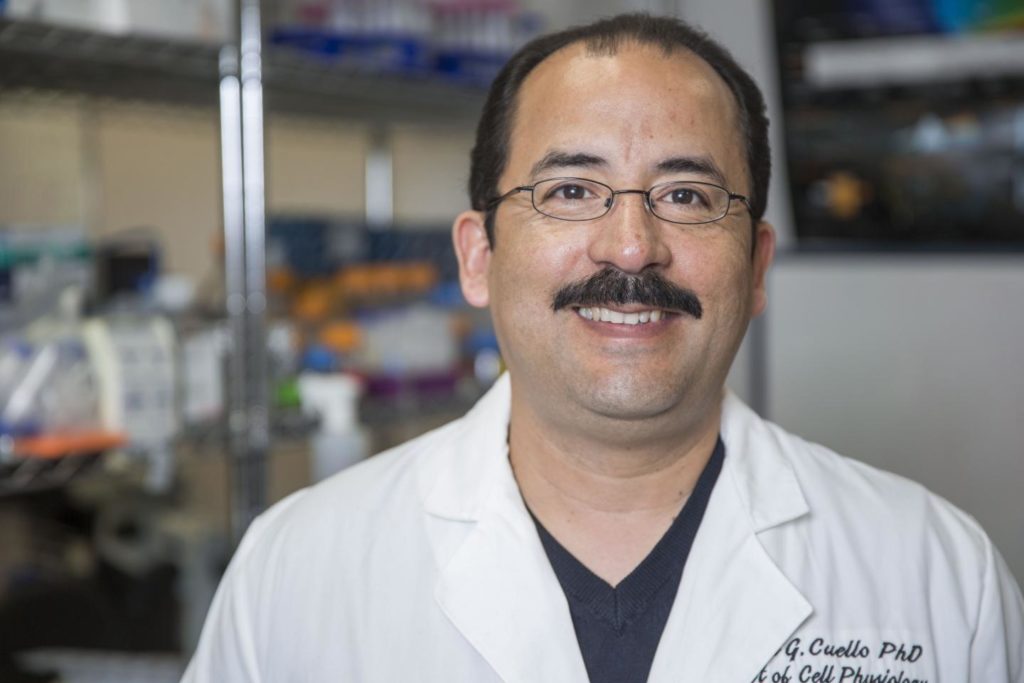
K+ Channel Study Could Help Develop Drugs for Life-Threatening Conditions
TTUHSC’s Cuello has Research Published in PNAS
A step forward in wearable robotics: Exosuit assists with both walking and running
A soft robotic exosuit – worn like a pair of shorts – can make both walking and running easier for the wearer, a new study reports. The self-contained, portable device, which weighs only 11 pounds, is capable of detecting the…
Pores for thought: Ion channel study beckons first whole-brain simulation
Blue Brain Project’s ‘Channelpedia’ is open to brain modellers and pharmacologists everywhere

Suit up with a robot to walk and run more easily
A versatile, portable exosuit that assists both walking and running highlights the potential for lig
What a group of bizarre-looking bats can tell us about the evolution of mammals
Bats with skulls and teeth adapted to a wide range of diets are helping scientists understand how major groups of mammals first evolved. ***A video quiz of the bats is available to embed from: https:/ / www. youtube. com/ watch?v=…
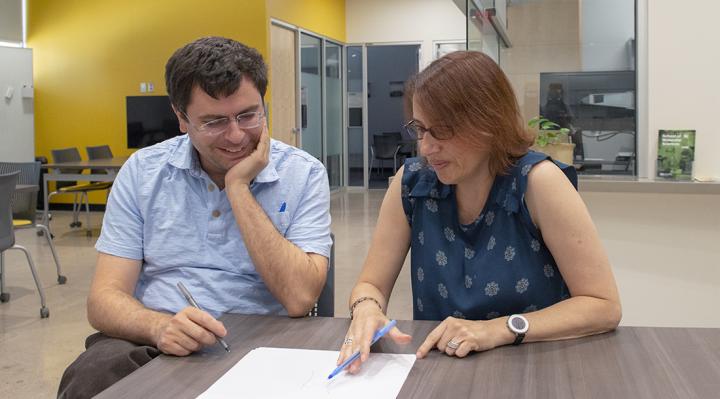
ASU researchers use new tools of data science to capture single molecules in action
In high school chemistry, we all learned about chemical reactions. But what brings two reacting molecules together? As explained to us by Einstein, it is the random motion of inert molecules driven by the bombardment of solvent molecules. If brought…